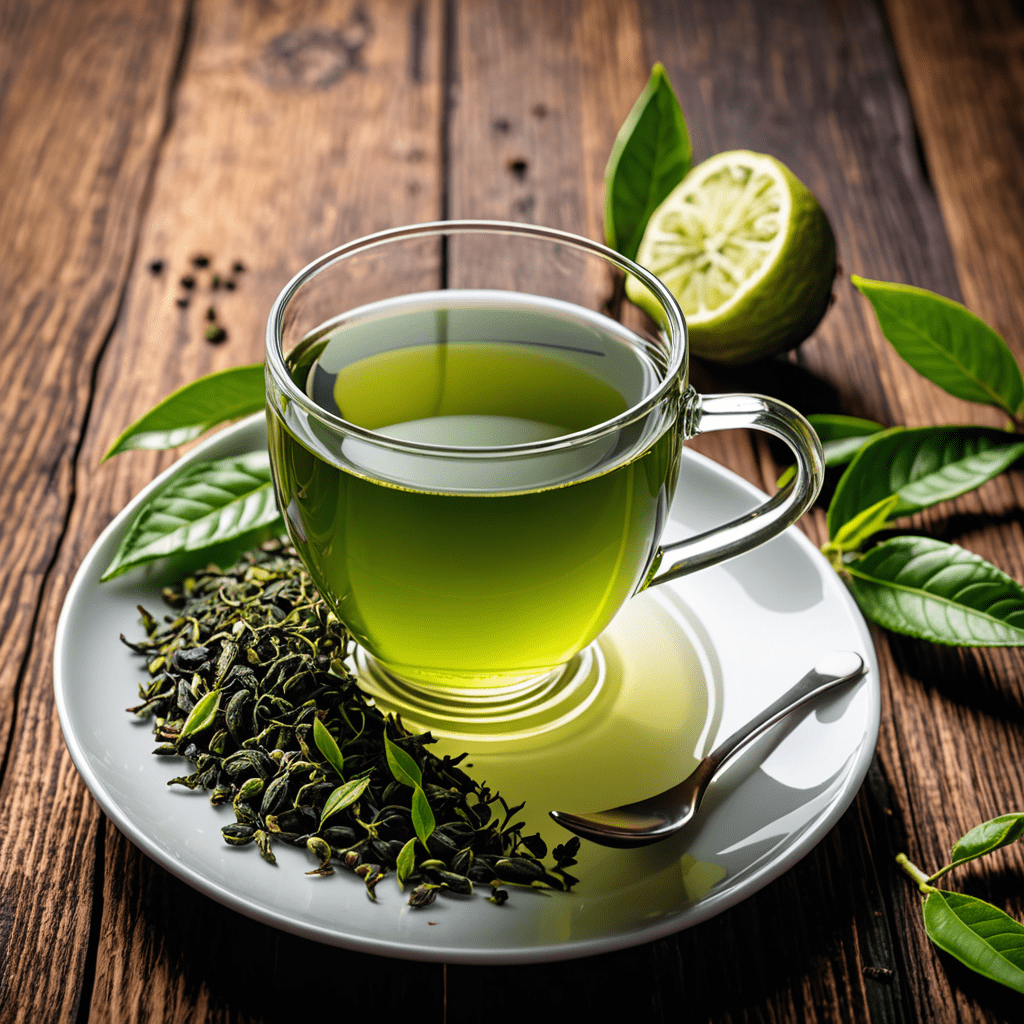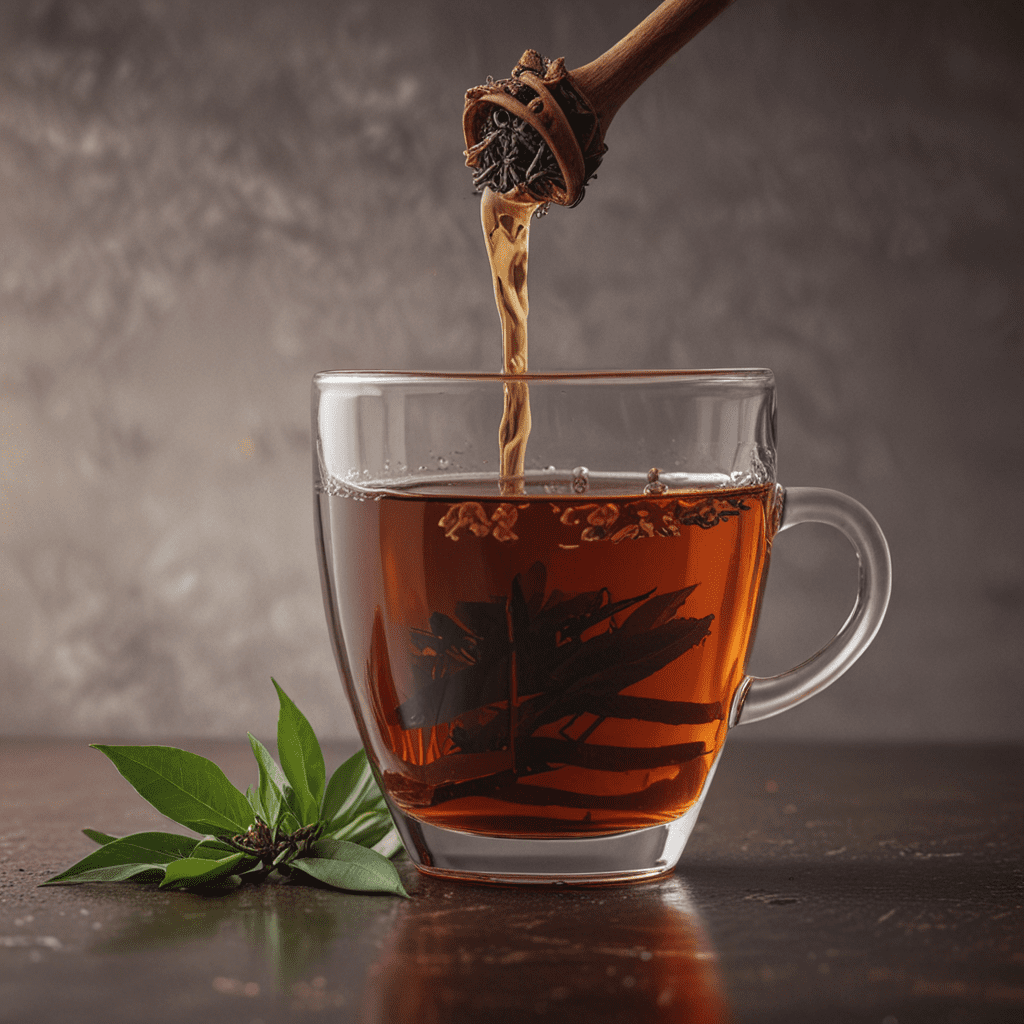Assam Tea: A Realm of Rich Flavors and Historical Legacy
Historical Origins: From a Wild Forest to a Thriving Industry
Assam tea, renowned for its robust and malty flavor, holds a prominent position in the world of tea. Its origins can be traced back to the mid-19th century when British tea planters discovered wild tea trees thriving in the dense forests of Assam, a region in northeastern India. These trees, known as Camellia sinensis assamica, possessed distinct characteristics that set them apart from the Chinese tea plants used in traditional tea production.
The discovery of wild tea in Assam marked a turning point in the global tea industry. The British quickly recognized the potential of these trees and established tea plantations in the region. The fertile soil, abundant rainfall, and favorable climate of the Brahmaputra Valley proved ideal for tea cultivation, leading to the establishment of a thriving tea industry in Assam.
Geographical Significance: The Brahmaputra Valley's Rich Terroir
The Brahmaputra Valley, located in the eastern Himalayas, is the heart of Assam tea production. This region is characterized by a unique combination of geographical factors that contribute to the distinct flavor and quality of Assam tea. The mighty Brahmaputra River, which flows through the valley, provides a rich source of alluvial soil, essential for the growth of tea bushes.
The valley's tropical climate, with abundant rainfall and sunshine, creates an ideal environment for tea cultivation. The warm and humid conditions, coupled with the fertile soil, promote the growth of robust tea bushes that produce large, flavorful leaves. The unique terroir of the Brahmaputra Valley imparts a distinctive character to Assam tea, setting it apart from teas grown in other regions.
Cultivation Process: Nurturing the Tea Bushes
Assam tea is cultivated using traditional methods that have been passed down through generations. The tea bushes are typically grown from seeds, and it takes several years for them to mature and begin producing tea leaves. The bushes are carefully pruned and fertilized to ensure optimal growth and yield.
The tea plants are grown in large estates, where they are meticulously cared for by skilled tea planters. The planters monitor the plants' health, ensuring they receive the necessary nutrients and protection from pests and diseases. The cultivation process is labor-intensive and requires a deep understanding of the unique needs of the Assam tea plant.
Harvesting and Processing: Preserving the Delicate Flavor
Assam tea is traditionally harvested by hand, a process that requires skill and precision. The tea leaves are plucked during the spring and summer months, when they are at their peak of flavor and quality. The leaves are carefully selected to ensure that only the finest and most tender leaves are used.
Once harvested, the tea leaves undergo a series of processing steps to develop their characteristic flavor and aroma. The leaves are withered, rolled, and oxidized, a process that transforms their chemical composition and brings out their rich, malty character. The processed leaves are then dried and graded before being packaged for distribution.
Types of Assam Tea: A Diverse Range of Flavors
Assam tea encompasses a wide range of flavors and aromas, catering to various preferences and palates. The distinct characteristics of each type are influenced by factors such as the cultivar, processing methods, and terroir. Here are some of the most popular types of Assam tea:
Assam Orthodox: Assam Orthodox tea is made using traditional methods that involve hand-plucking the leaves and processing them with minimal machinery. This results in a full-bodied tea with a rich, malty flavor and a deep amber color.
Assam CTC (Crush, Tear, Curl): Assam CTC tea is produced using a modern method that involves crushing, tearing, and curling the leaves. This process creates a more robust and brisk tea with a stronger flavor and aroma. Assam CTC tea is often used in tea bags and is popular for its convenience and affordability.
Golden Tipped Assam: Golden Tipped Assam tea is a premium variety known for its golden-tipped leaves. These tips, which appear during the early stages of growth, impart a delicate sweetness and floral notes to the tea. Golden Tipped Assam tea is often considered a connoisseur's choice.
Health Benefits: An Elixir of Well-being
Assam tea is not only a flavorful beverage but also a source of various health benefits. It contains antioxidants, which help protect the body against damage caused by free radicals. Assam tea has also been shown to have anti-inflammatory properties, which may be beneficial for reducing the risk of chronic diseases such as heart disease and cancer.
In addition, Assam tea is a good source of caffeine, which can provide a boost of energy and improve focus. It also contains L-theanine, an amino acid that has been shown to promote relaxation and reduce stress.
Tasting Experience: Exploring the Robust and Malty Notes
Assam tea offers a unique and distinctive tasting experience. Its robust and malty flavor is often described as full-bodied and earthy, with hints of sweetness and spice. The tea has a rich amber color and a pleasant aroma that is reminiscent of malt and honey.
Assam tea can be enjoyed black or with milk and sugar. It pairs well with a variety of foods, including scones, biscuits, and pastries. The strong flavor of Assam tea also makes it an excellent choice for use in tea lattes and other specialty drinks.
Cultural Impact: Assam Tea as a Social and Economic Staple
Assam tea is deeply rooted in the cultural and economic fabric of the region. Tea plantations have played a significant role in the development of Assam, providing employment and income to local communities. The tea industry has also contributed to the preservation of Assam's natural heritage, as tea cultivation requires the maintenance of large forest areas.
Assam tea is not only a beverage but also a way of life for many people in the region. It is a source of pride and tradition, and it is often served at social gatherings and festivals. The tea is also an important part of the local cuisine, being used in a variety of dishes and preparations.
Conclusion: A Timeless Beverage for the Senses
Assam tea is a timeless beverage that has captivated tea enthusiasts worldwide. Its robust and malty flavor, coupled with its health benefits and cultural significance, make it a truly exceptional tea. Whether enjoyed as a morning pick-me-up or as an accompaniment to a leisurely afternoon, Assam tea is a beverage that will delight the senses and leave a lasting impression.
FAQ
What is the difference between Assam Orthodox and Assam CTC tea?
Assam Orthodox tea is made using traditional methods that involve hand-plucking the leaves and processing them with minimal machinery, resulting in a full-bodied tea with a rich, malty flavor. Assam CTC tea, on the other hand, is produced using a modern method that involves crushing, tearing, and curling the leaves, creating a more robust and brisk tea with a stronger flavor and aroma.
What is Golden Tipped Assam tea?
Golden Tipped Assam tea is a premium variety known for its golden-tipped leaves. These tips, which appear during the early stages of growth, impart a delicate sweetness and floral notes to the tea. Golden Tipped Assam tea is often considered a connoisseur's choice.
What are the health benefits of Assam tea?
Assam tea contains antioxidants, which help protect the body against damage caused by free radicals. It has also been shown to have anti-inflammatory properties, which may be beneficial for reducing the risk of chronic diseases such as heart disease and cancer. Additionally, Assam tea is a good source of caffeine, which can provide a boost of energy and improve focus.


